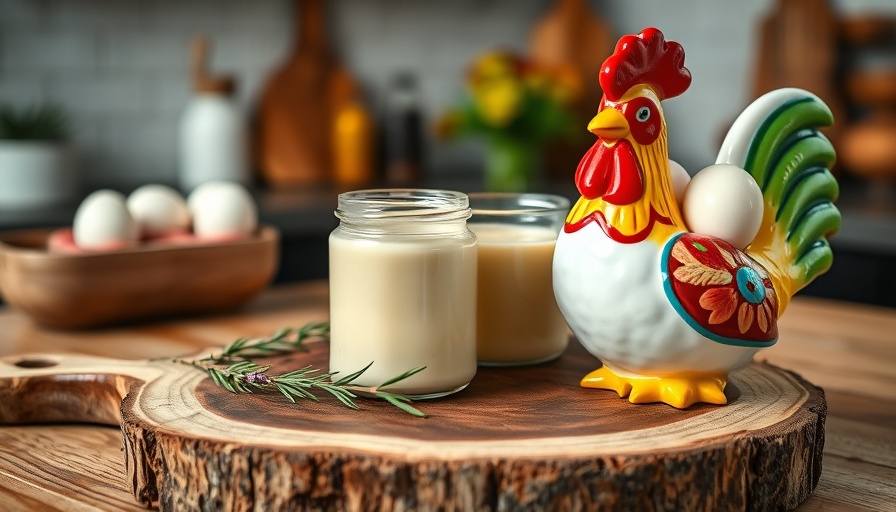
The Journey of a Hen: Growth Stages Explained
The life cycle of a hen is a fascinating journey, starting from a tiny, chirpy chick and advancing to a robust mature layer. For professionals in the poultry industry, understanding these growth stages is crucial for optimizing productivity, ensuring animal welfare, and enhancing operational efficiency.
Why Every Stage Matters
During the chick phase, which lasts for about six weeks, the birds require special attention. They need optimal warmth, nutrition, and social interaction to flourish. Many industry experts agree that this foundational period influences their overall growth, health, and egg production capabilities later in life. Environments promoting social engagement can significantly enhance the chicks' development.
Transitioning to Adolescence
As chicks grow into young pullets, typically between six weeks to six months, their nutritional needs change, aligning with their rapid physical development. This transitional phase is pivotal; a well-managed feeding program can prevent health issues and boost future laying performance. It can also lead to increased egg-laying efficiency, which directly impacts profitability for poultry managers.
Mature Layers: The Final Stage
Once pullets reach maturity at around six months, they become layers, ready to produce eggs consistently for the next year or more. In this phase, optimizing housing conditions and monitoring health become essential for sustaining egg production. Studies show that stress factors during this stage can lead to reduced yield and quality, making ongoing management vital.
Impact on the Poultry Industry
From chick to mature layer, understanding the development stages allows poultry professionals to implement best practices for care and nutrition. By tailoring management strategies according to each growth phase, businesses can enhance the performance of their flock while adhering to health regulations.
As a result, investing your time in mastering these stages can yield significant benefits for your operations, ensuring that your hens remain productive and healthy throughout their lifecycle.
If you are involved in poultry management, consider reviewing your current strategies: Are you nourishing your chicks based on their unique needs? Are you prepared for their transitions? The answer may lie in understanding their growth stages more deeply.
 Add Row
Add Row  Add Element
Add Element 



 Add Row
Add Row  Add
Add 
Write A Comment